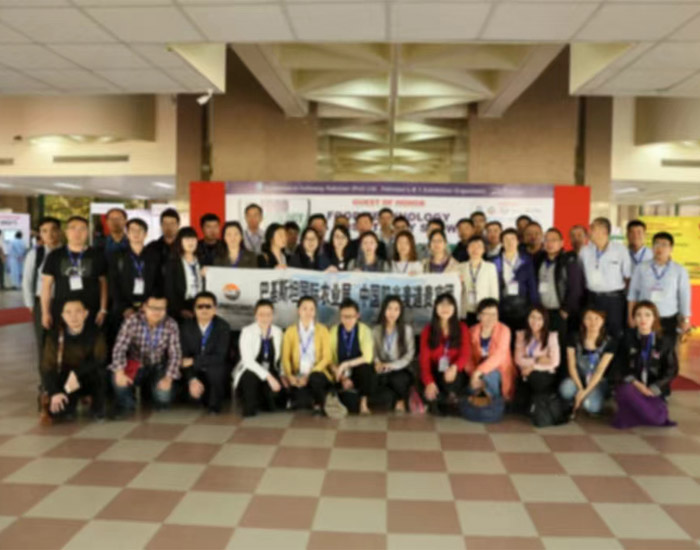Innovative Paddy Harvesting Machinery for Efficient Crop Collection and Improved Agricultural Productivity
The Paddy Reaper Machine Transforming Agriculture
The paddy reaper machine is a revolutionary piece of agricultural equipment designed to enhance the efficiency and productivity of rice harvesting. As rice is a staple food for more than half of the world's population, the challenges associated with rice harvesting play a significant role in food security and agricultural sustainability. Traditional manual harvesting techniques are labor-intensive, time-consuming, and often lead to significant crop losses. In contrast, the paddy reaper machine offers a modern solution that addresses these issues effectively.
Mechanism and Functionality
The paddy reaper machine operates on relatively simple mechanics while incorporating advanced technology. Primarily designed to cut and collect rice stalks, the machine is powered by either a diesel engine or electric motor, allowing farmers to choose an option based on their specific needs and resources.
The machine's cutting mechanism consists of a series of sharp blades that slice through the rice stalks at the base, enabling efficient and uniform harvesting. As the machine moves through the paddy field, the cut stalks are fed into a collection system, where they are bundled and stored for subsequent processing. This streamlined approach not only hastens the harvesting process but also minimizes the chances of grain loss due to shattering, which is common in manual harvesting.
Advantages Over Traditional Methods
One of the most significant advantages of using a paddy reaper machine is the reduction in labor costs. In many rural areas, farmers often depend on seasonal laborers, which can be both expensive and unreliable. By investing in a paddy reaper, farmers can reduce the reliance on manual labor and optimize their workforce utilization.
paddy reaper machine

Additionally, the paddy reaper machine increases the speed of harvesting, allowing farmers to cover larger areas in a shorter time. This is particularly essential during the harvest season, as delays can result in losses due to overripe grain or adverse weather conditions. A timely harvest ensures that the quality of the rice is maintained, ultimately benefiting the farmers economically.
Environmental Considerations
The paddy reaper machine is also a more environmentally friendly option when compared to traditional harvesting methods. Manual harvesting often leads to greater residual crop waste, which can contribute to soil degradation. In contrast, the efficient cutting and collection system of the paddy reaper minimizes waste and leaves the soil intact, enhancing its fertility for future planting seasons.
Moreover, modern paddy reapers come equipped with features designed to reduce their carbon footprint. Some models incorporate technologies that minimize fuel consumption, while others are designed to be more easily recyclable. This aspect aligns with the growing global emphasis on sustainable agriculture practices, making the paddy reaper not just a practical choice, but also an environmentally responsible one.
Conclusion
In recent years, the uptake of paddy reaper machines has been steadily increasing, as more farmers recognize the benefits they offer. With rising labor costs and the necessity for greater efficiency in food production, the adoption of such machines is likely to continue. By embracing technology in agriculture, farmers can ensure that they not only meet the demands of the present but also contribute to a more sustainable future.
The paddy reaper machine stands as a symbol of innovation in agriculture, empowering farmers while addressing the pressing challenges of food security. Its role in enhancing productivity, reducing labor costs, and promoting environmental sustainability makes it an invaluable asset in the quest for efficient rice production. As the global population continues to grow, tools like the paddy reaper machine will be crucial in feeding the world sustainably.
Latest news
-
When to Upgrade Your Old Forage HarvesterNewsJun.05,2025
-
One Forage Harvester for All Your NeedsNewsJun.05,2025
-
Mastering the Grass Reaper MachineNewsJun.05,2025
-
How Small Farms Make Full Use of Wheat ReaperNewsJun.05,2025
-
Harvesting Wheat the Easy Way: Use a Mini Tractor ReaperNewsJun.05,2025
-
Growing Demand for the Mini Tractor Reaper in AsiaNewsJun.05,2025







